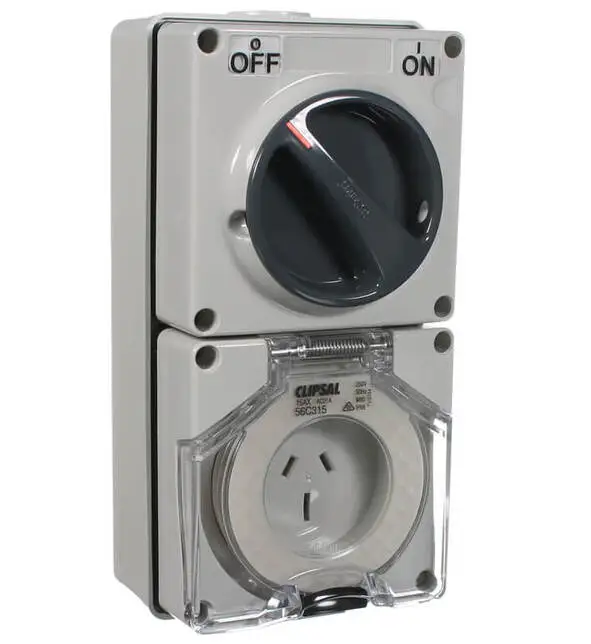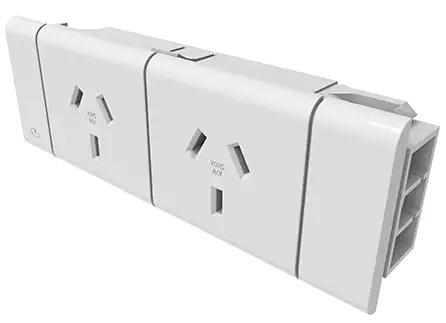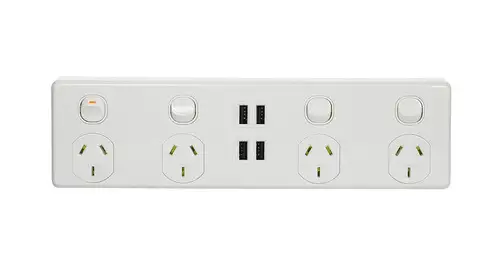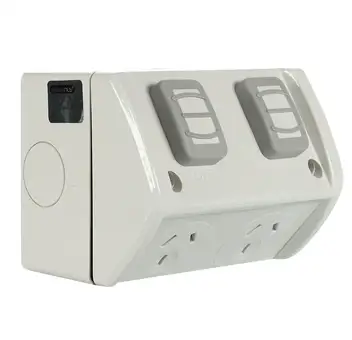A socket outlet is a device that provides a connection point for plugging in electrical equipment, delivering power safely from a building’s wiring system. It is one of the most common components in both residential and commercial electrical installations, essential for powering IT and networking equipment.
In IT environments, socket outlets play a crucial role in ensuring stable and accessible power for servers, desktop computers, monitors, routers, and switches. Modern setups often require multiple outlets in data rooms, office spaces, and workstations to support the growing number of connected devices. Some socket outlets also integrate features such as USB ports or surge protection to meet the needs of IT professionals.


Common types of socket outlets include:
- Standard single and double outlets for general power
- Dedicated outlets for high-demand IT equipment
- Surge-protected outlets to guard against voltage spikes
- Floor and wall-mounted outlets for flexible installations
- Smart outlets that can be remotely monitored or controlled
Benefits of socket outlets in IT setups:
- Provide reliable and accessible power distribution
- Support safe operation of sensitive electronics
- Enable expansion of networks and workstations
- Improve cable management in offices and data centres

Alternative spellings and synonyms include power socket, electrical outlet, wall socket, GPO (general power outlet), and plug socket. In Australia, socket outlets are usually rated for 240V and must comply with AS/NZS standards for electrical safety.

For IT professionals, planning the placement and type of socket outlets is as important as configuring the network itself. A well-designed power layout ensures equipment is safely powered, reduces the risk of overloads, and supports scalability as new hardware is added to the system.